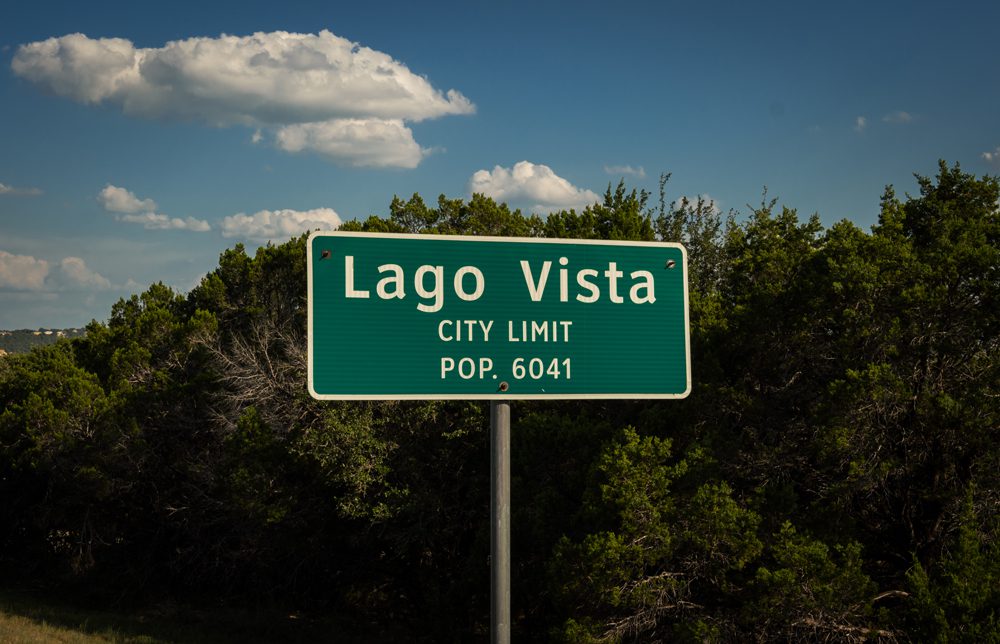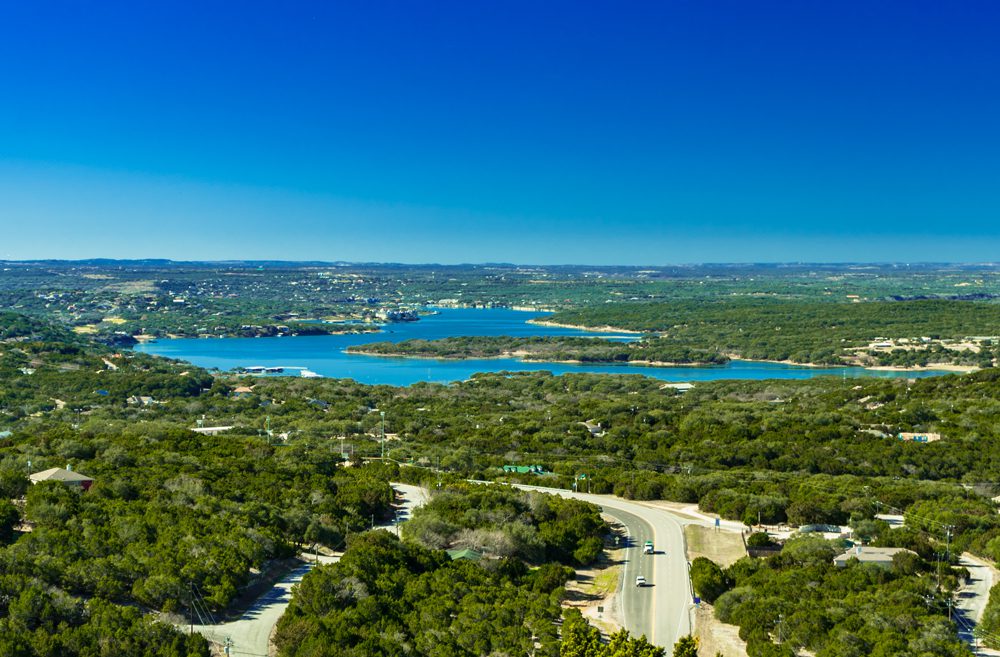
By Sean McCormick
04/19/2019
In 1999, Milton Wright, a now-79-year-old retired African American man and his wife, Helen, moved to Lago Vista, Texas. At that time there were fewer than 40 black people in the entire city. Wright’s reason for moving to Lago Vista was simple: he wanted to retire out in the hills by Lake Travis. “We saw a house we liked, bought it, that’s it,” he said.
In the 1930s, a series of dams were built along the Colorado River to prevent flooding, which created the Texas Highland Lakes. Lago Vista was initially developed to be a lakeside retirement resort on Lake Travis in the 1960s. Eventually it incorporated in 1984 to prevent annexation by its much larger neighbor, Austin.
Having grown up in Waterbury, Conn., Wright is familiar with the small-town lifestyle. He is aware that there is a small minority community in Lago Vista. “I don’t know too much about it,” Wright admits. “When we go to plays, we’re generally the only minority couple there. But that’s not unusual,” he added.
According to 2017 Census data, of the 6,815 people currently residing in Lago Vista, 3% are black. This is less than a fourth of the national average of 13.4%. Texas overall, has an average that is more in line with the U.S. at 12.7%. Lago Vista placed 13th as “whitest city” in Texas, according to the rankings site RoadSnacks.
Andy Cox and his husband Darrell reside in a Lago Vista census-wrecking household: a white, same-sex, married couple with three minority foster children comprised of two black girls and one Hispanic boy. Last November, their black foster daughter, Ke’auvia, moved to Lago Vista from Temple, Texas, which is 17.3% black. She is the only black girl in her fourth-grade class at Lago Vista Intermediate School. Cox feels the transition to the new school went smoothly for her. “There have not been any racial issues, no tension. They were lined up at school to welcome her once they learned she was coming. I think it’s been more awkward for me. I’m noticing that she sticks out like a sore thumb, but she doesn’t seem to notice it.”
Wayne Woodall, a white, 70-year-old forensic engineer who moved to Lago Vista in 2014, has had a similar experience. His daughter, whom he adopted from Mexico and her daughter, Angie, who is half-Hispanic and half-black, moved from Houston to live with Woodall and his wife last year. Houston’s black population comprises 23% of the city. Like Cox, Woodall felt the transition went well but was a bit jarring at first. “It was kind of a shock for my granddaughter, coming from Houston. After her first day at school she said, ‘I’m the only black kid here.’ She’s been accepted really well and made a couple friends. She didn’t experience any bullying or anything,” he said.
After almost 20 years in Lago Vista, Wright has no regrets regarding his decision to move to the area. “I’ve never really encountered anything that would discourage me from being out here. It’s been a pretty friendly town. All our neighbors we know. It’s always been very cordial. Friendly people,” he said.

The cause of the demographic disparity is difficult to pin down. Lago Vista is not reminiscent of an old “sundown town” of yesteryear, like Vidor, Texas.
Ann Murrow, a Lago Vista real estate broker and founder of the Lago Vista Women’s Club, insists that the lack of diversity in Lago Vista is not by design. “It’s a federal law that you cannot redline anybody out of a community. That happened in the 1970s. No more,” she said. Redlining is a procedure where real estate agents selectively show — or don’t show — homes in specific areas. The Fair Housing Act of 1968 was created to prevent such discriminatory real estate practices.
Wright suspects it may be a combination of things. “At one point this was designed to be a suburban community for seniors. It doesn’t really have any economic development for serious employment,” he said. Wright’s commute to work before he retired got up to 50 miles per round trip.
City Manager Joshua Ray also suspects employment is an issue. “The job market in Lago Vista is not as strong as in other communities that may have larger populations. The drive on 1431 to Cedar Park, Austin, Round Rock, Leander, Marble Falls and other regional cities is not great in distance but could be seen as a possible deterrent to some people that do not enjoy driving on a hill country road,” says Ray.
Wright feels that being different in a community can be an opportunity. “I have a theory, that we’re communicating more, we’re not as separated as we were in the old days. There was always what people thought other people did. Now you know that they aren’t much different than you. You’re not isolated. Out here, the fact that you’re the only kind of a particular ethnicity doesn’t really matter at all,” he said. “After a while the differences melt away.”